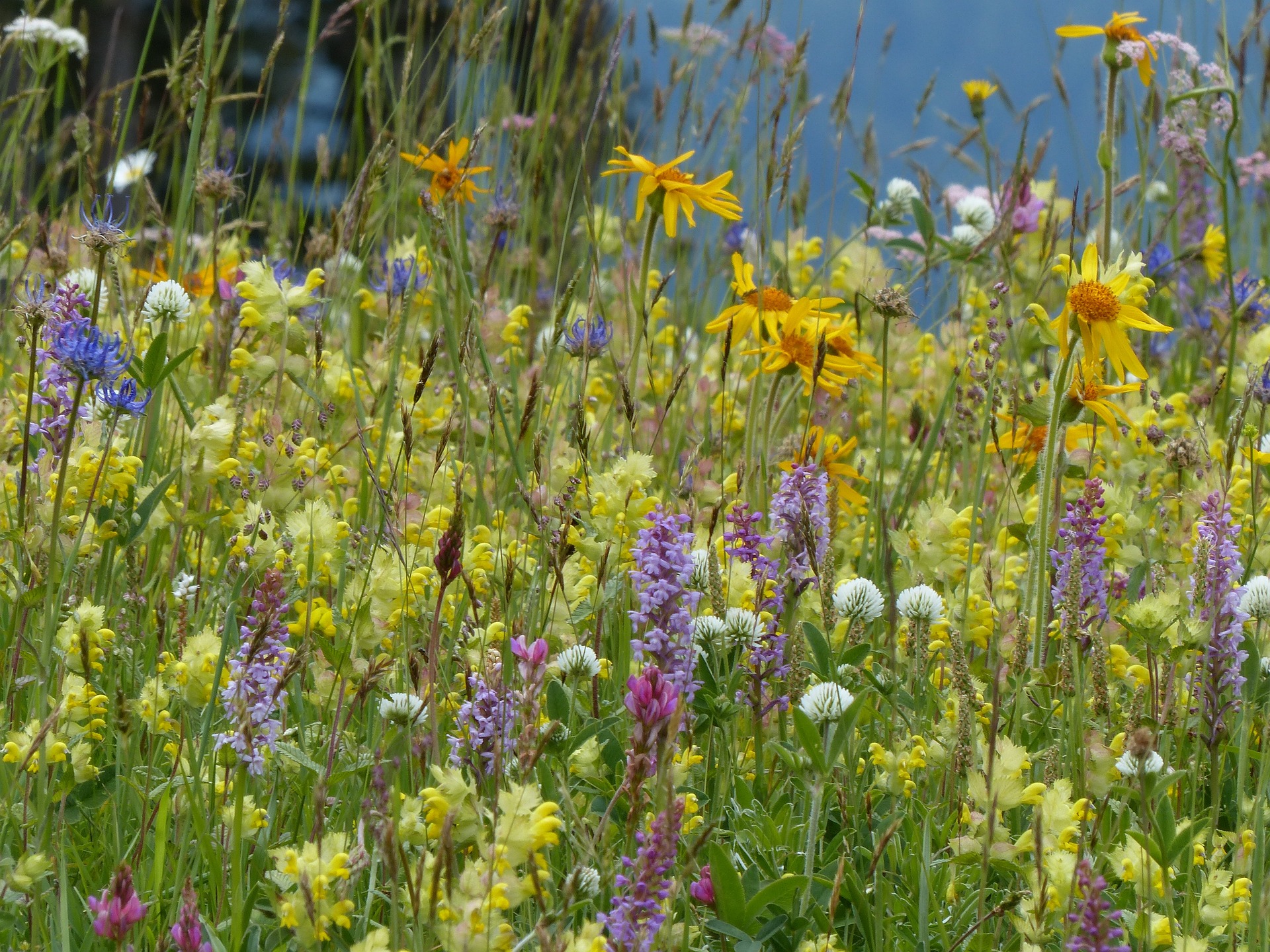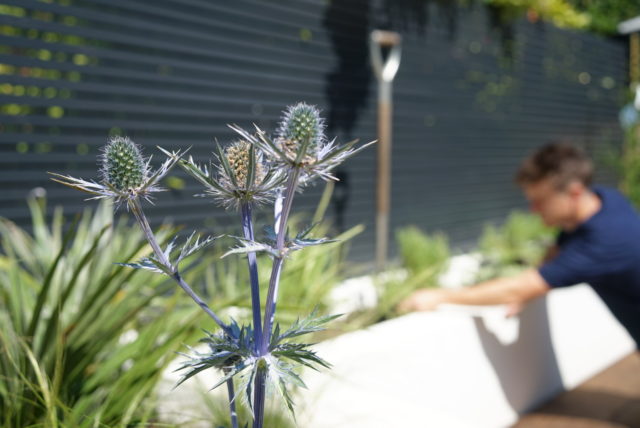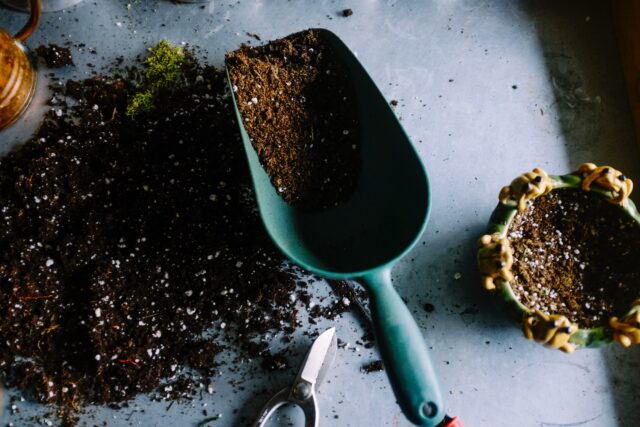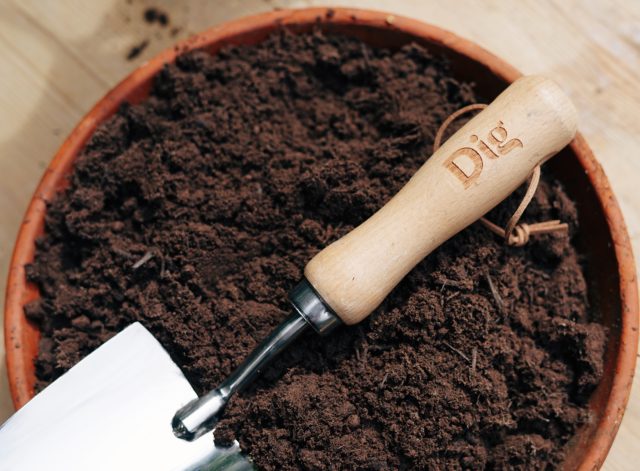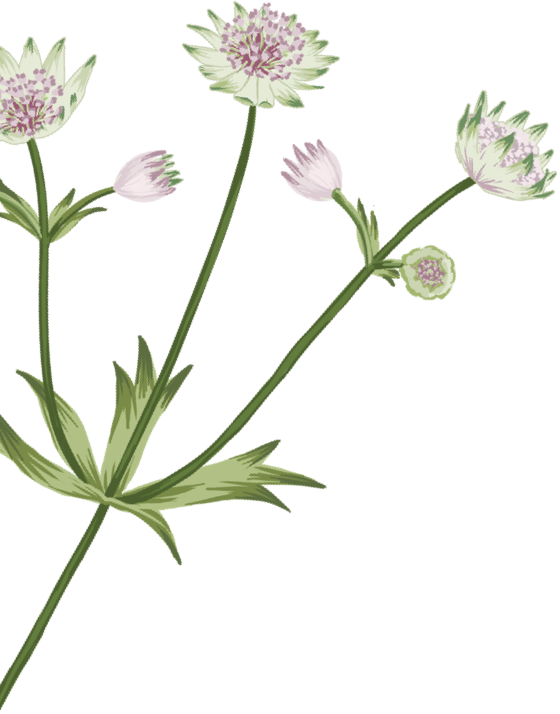The basics
Watering: You know it, we know it. The number one most important job you can do in your garden is watering. As temperatures rise and the sun blazes, water will evaporate more readily, meaning you’ll need to up the ante on keeping your plants hydrated. Use a watering can where possible to conserve water, do it in the early morning or evening, and check your plants every other day at least to see whether any of them need a top up. Don’t forget to phone a friend if you’re going on holiday. Nothing worse than coming home to a horticultural desert.
#DigTopTip – Fill up your watering can at the end of each watering session so that it’s ready to go next time. It’s a small thing but knowing you can get going straight away really helps if watering is one thing on a very long to do list.
New trees: If you have a newly planted tree (whether from a Dig garden or otherwise) make sure to give it a particularly good water during dry spells. Trees need a surprising amount of water when they are establishing and you should continue watering it for the next two summers before its roots have grown sufficiently enough to allow it to look after itself.
A bit of support: Consider giving any taller perennial plants a bit of support to prevent them flopping over into pathways and lawns. Bamboo canes, metal supports, and wooden frames all do the job and will help prevent any unfortunate breakages.
Deadheading: Once flowers have begun to brown, the plant puts its energy into developing the seeds. To ensure that energy goes into more blooms for you, remove flowers that are dead or dying to encourage new growth elsewhere. It’s also not a bad idea to remove dead or dying leaves too.
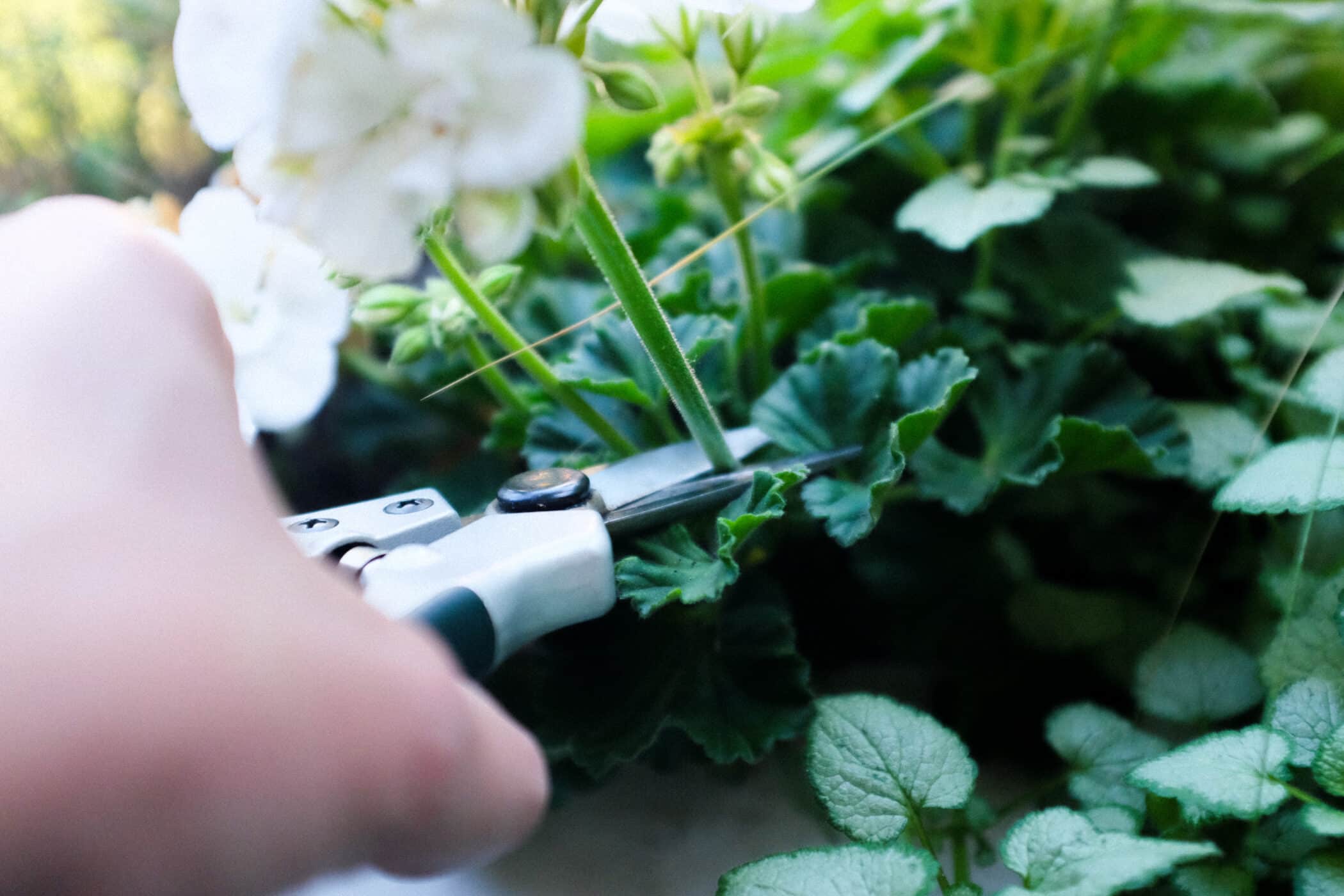
Garden snips are a perfect tool to remove spent geranium flowers at the base of the flower stem
Plant focus
Supporting Thalictrum: Although Thalictrum have surprisingly sturdy stems, sometimes the weight of the plant above it can cause them to topple over. It’s a good idea to support them with some bamboo canes if you notice them beginning to develop a Tower of Pisa effect.
Dinner for Dahlias: To encourage the maximum amount of blooms, whether they are beginning to emerge now in your garden or whether they’re still yet to come, give Dahlias a good feed every week. You can’t go wrong with a basic Tomato Feed which is available in almost all garden centres and supermarkets. It’s also not a bad idea to snip off side blooms to encourage more plant energy into big flowers. Having said that, if you’re after quantity over scale, leave things to nature.
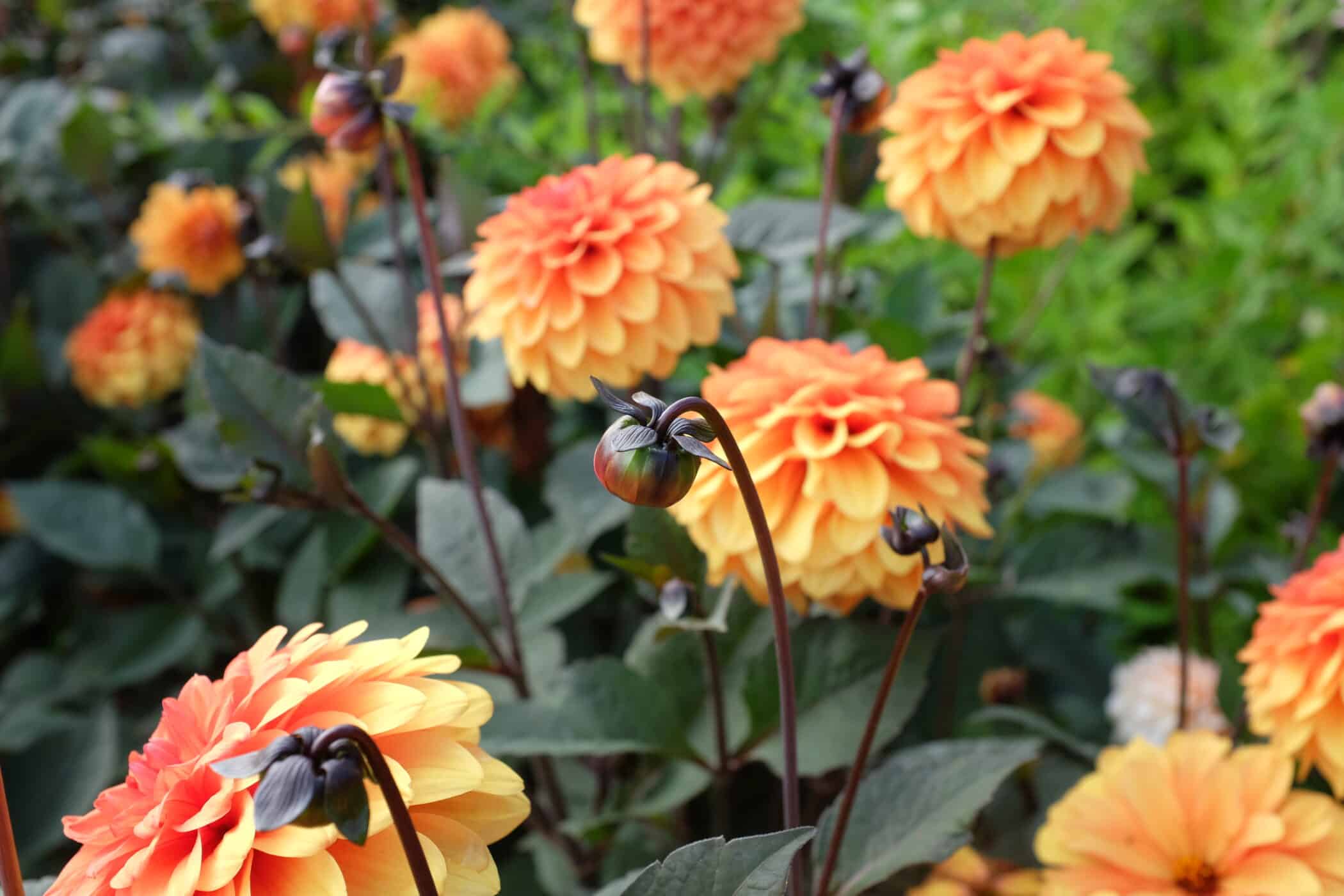
Wisteria: Wisteria is a two-prunes-per-year plant. One in winter or late spring, and one around now. Trim back any new stems to between 5-7 buds to give you a much bushier plant with more blooms next time it flowers and help keep it neat and tidy.
Trim Back Lavender: Lavendula, or Lavender, will be flowering away at this time of year with its fragrant purple bee-magnet blooms. If you notice some flowers have faded, now is a great to snip them off at the bottom of the stem. You can tie them into a bunch to hang upside down, after which they look great in a vase. This also helps keep the plant looking tidy and healthy. When snipping it back avoid the harder, woodier growth, cutting back only the younger greener stems.
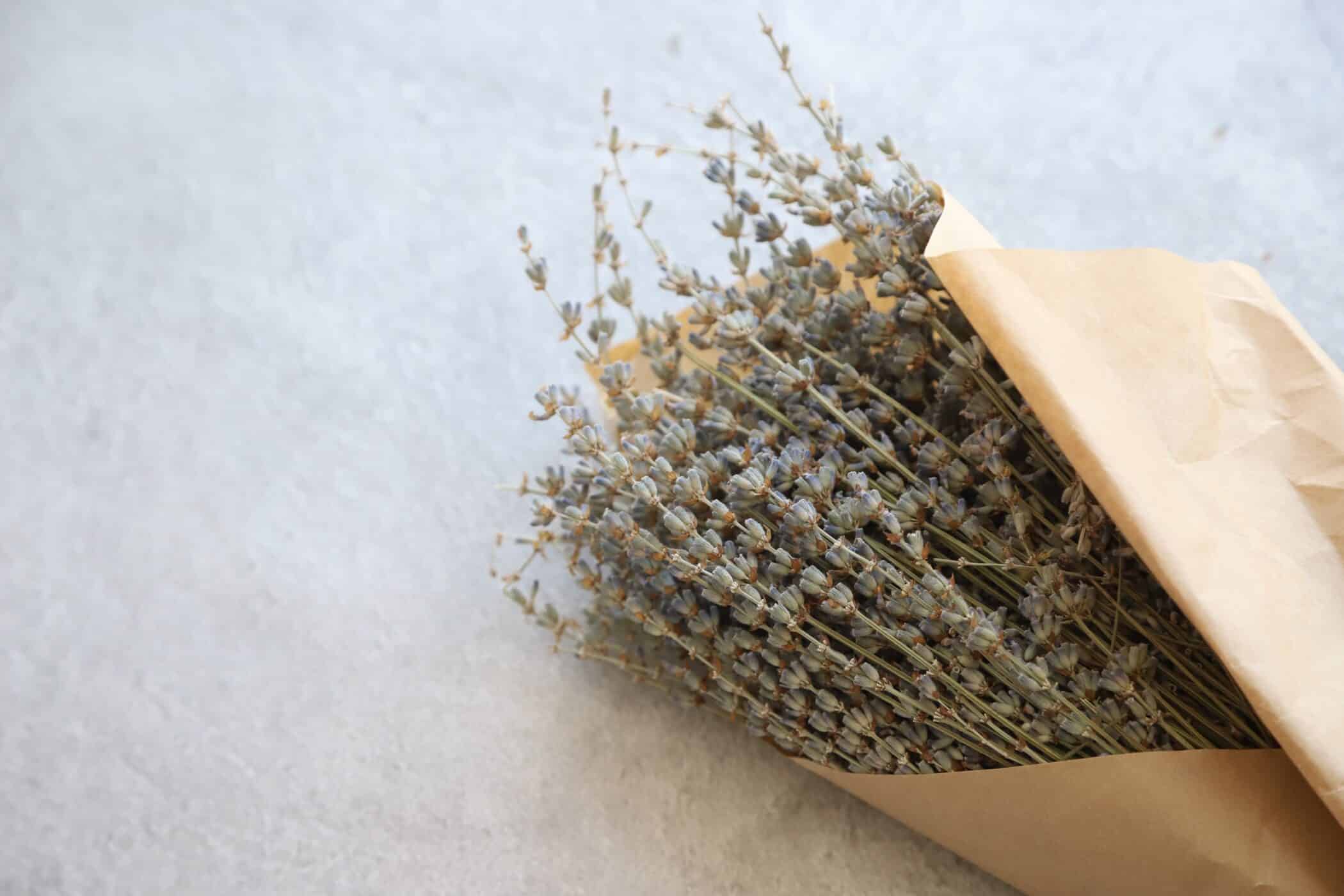
Houseplants: It’s a nice idea to move some of your houseplants outside if the weather is good. If you have any houseplants that look like they might need a bit of extra light this is a great way to give them a boost ahead of the autumn and winter months. This Asparagus fern below was looking very sad in late spring, but a month or two on the balcony has turned things around.
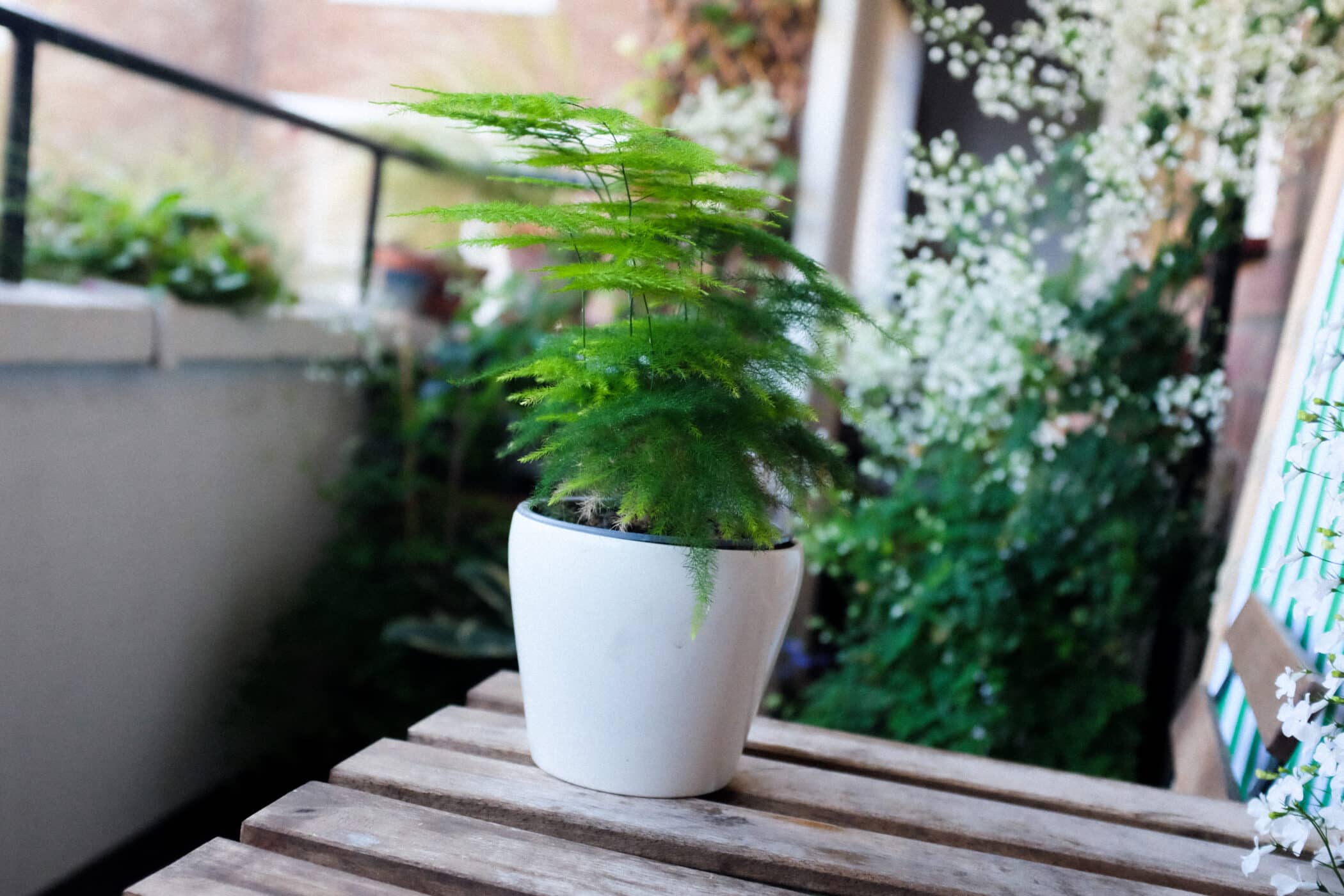
Garden maintenance
Look after your tools: July is a great time to give your garden tools a once over. With warmer weather, tools will dry quickly after washing, helping to ensure that mechanisms are free of water before lubricating and protecting them with some standard 3 in 1 oil. If you have a trusty Dig trowel, now is also a great time to give it a clean, and perhaps even oil the handle to help prevent any splinters or cracks. Use a different oil for this though – linseed is a good option – and simply work it into the handle using a piece of kitchen roll. (The same goes for any other tools with wooden handles too of course!).
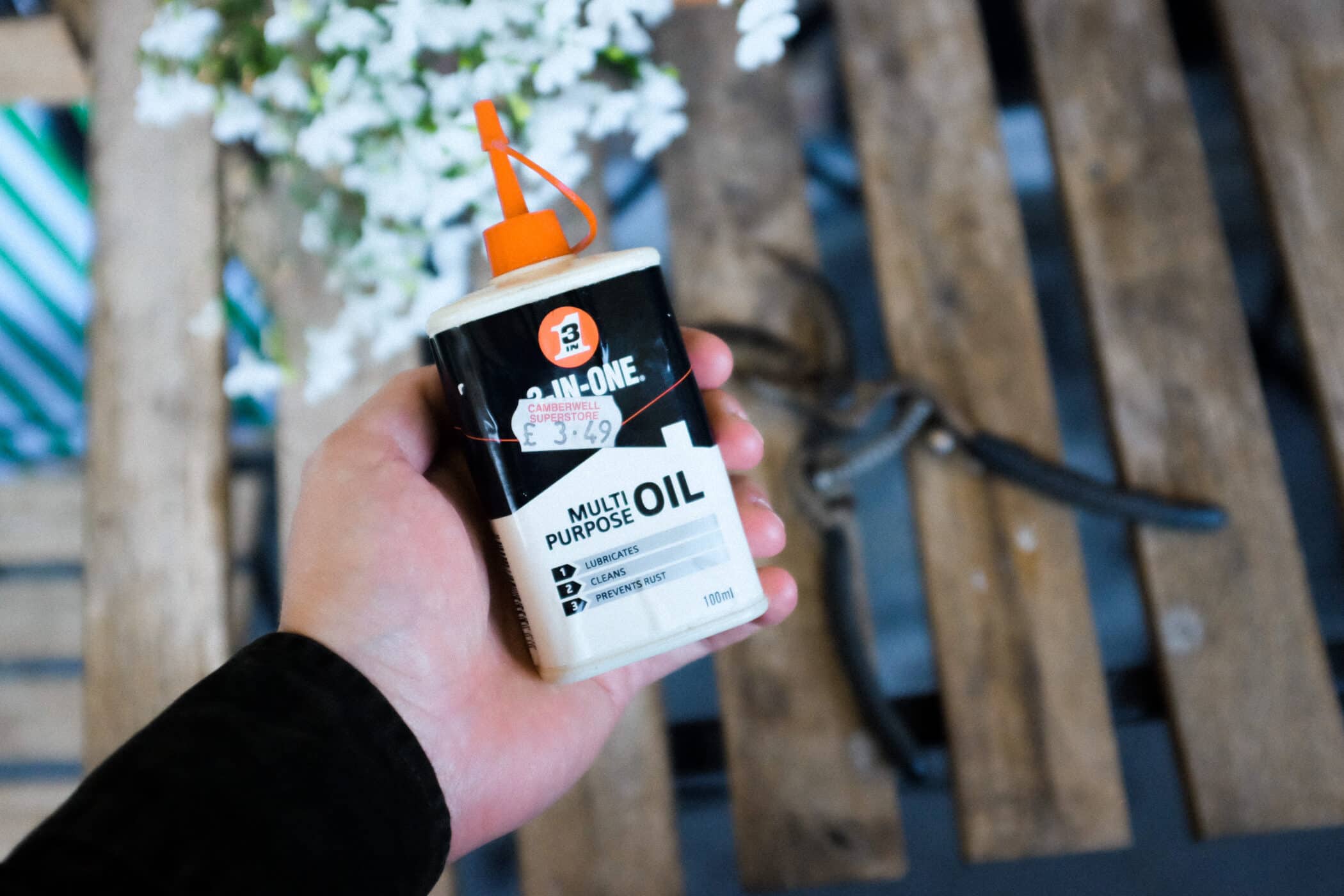
A good sweep: If you’re spending any time in the garden, it’s sensible to sweep as you go. It keeps things looking neat and tidy, but also reduces the risk of diseases setting in amidst deteriorating debris.
Freshen up pots: Not all plants work all year round and so if you planted up pots earlier in the year and have noticed that some of your plants have slowed down or simply died, you can swap them out with fresh, flowering annuals to keep the display looking its best. Annuals are cheap, and easy to track down – with many supermarkets now selling as wide a variety as smaller garden centres.
Gardening for nature
Wild lawns: If you leave your lawn to grow unchecked, or even just a section of it, it’s fascinating seeing what else is there that never normally, because of mowing, gets the chance to grow. A great way to start a wild lawn is to simply leave all or part of it and find out what’s there under the turf. Wildflowers need relatively poor soil to flourish and so when eventually cutting whatever appears back, be sure to remove the cuttings and repeat this process over time to reduce the quality of that soil and create a better environment for pollinator-friendly wildflowers. If seeding with wildflowers, we always encourage native varieties and remember, this is a marathon, not a sprint! If you search ‘UK Native Wildflower Seeds’ there are lots of brilliant companies selling different blends.
Bird baths: If you don’t have a birdbath, consider introducing one – a large terracotta pot tray does the job brilliantly if you don’t want to splash out. It can be a lifeline for garden birds in the warmer months and a flourishing bird population often means a much smaller slug, snail and other insect population. Keep it clean and keep it topped up.

Bird food: It’s a common misconception that you should only feed birds in the colder months. Birds really benefit from food all year round (though, naturally, will gather on feeders more in the months when natural food is in shorter supply). If you’re feeling fancy, mealworms and other higher quality foods are best.

